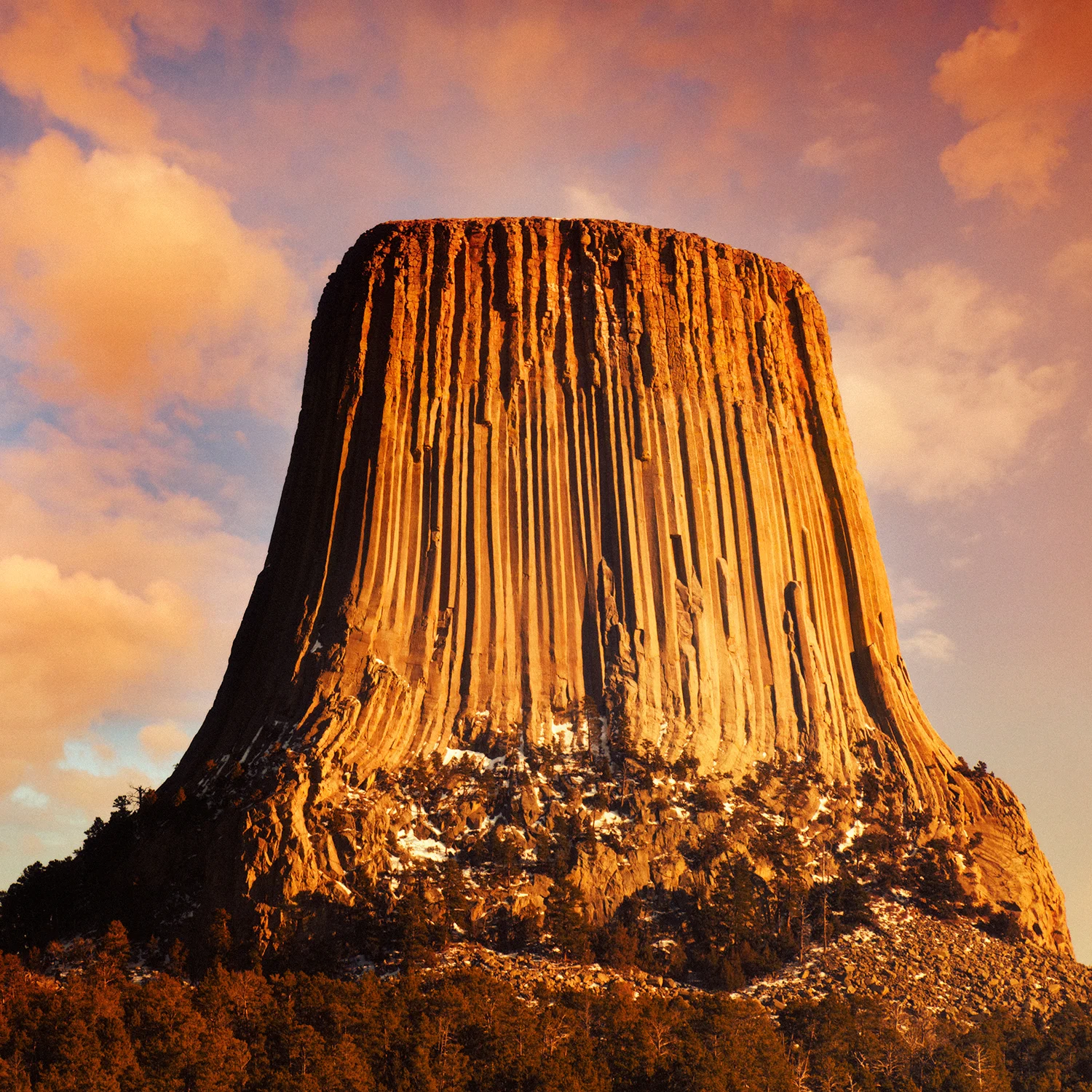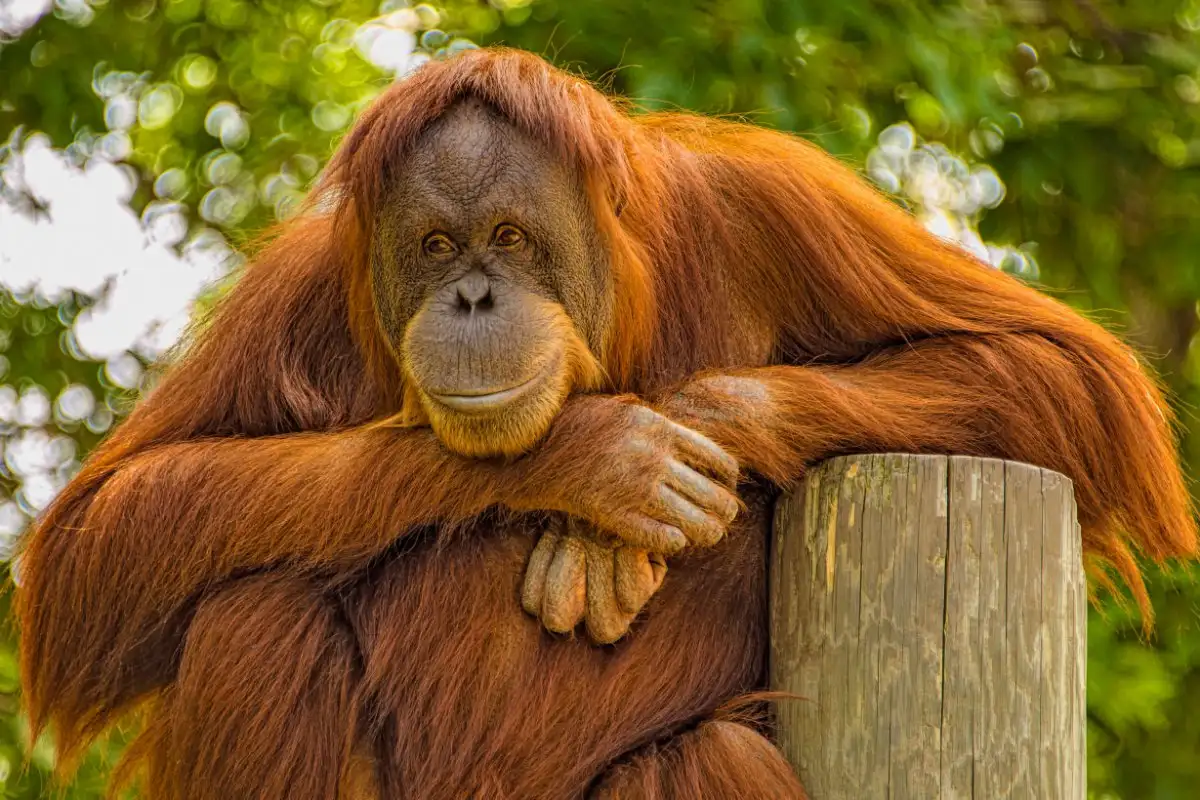The Smartest Creatures
Orangutan
1. Classification and Habitat: Orangutans, scientifically known as Pongo, are divided into two species: the Bornean orangutan (Pongo pygmaeus) and the Sumatran orangutan (Pongo abelii). They are native to the islands of Borneo and Sumatra in Southeast Asia, respectively. Both species inhabit rainforests, swamps, and peatland forests. 2. Physical Characteristics: Orangutans are among the largest arboreal (tree-dwelling) animals in the world. Adult males can reach a height of about 4-5 feet (1.2-1.5 meters) when standing upright and weigh up to 220 pounds (100 kilograms). Females are smaller, measuring around 3-4 feet (0.9-1.2 meters) and weighing up to 110 pounds (50 kilograms). They have long, strong arms with a span that can reach up to 7 feet (2.1 meters). 3. Diet and Feeding Habits: Orangutans are primarily frugivorous, meaning their diet mainly consists of fruits. However, they also consume leaves, bark, flowers, insects, and occasionally eggs or small vertebrates. They have a slow metabolism and spend most of their time foraging for food, as their diet is low in calories. 4. Behavior and Social Structure: Orangutans are solitary animals, with adult males being mostly solitary while females live with their offspring. They have a relatively slow reproductive rate compared to other primates, with females giving birth to a single offspring every 6-8 years. The young orangutans stay with their mothers for several years, learning essential survival skills.
5. Intelligence and Tool Use: Orangutans are highly intelligent animals and have been observed using tools in the wild. They create tools from branches or leaves to extract insects from tree trunks or gather fruits. They are also known for their problem-solving abilities and can exhibit impressive cognitive skills. 6. Threats and Conservation Status: Orangutans face numerous threats, primarily due to habitat loss caused by deforestation, illegal logging, and conversion of forests into agricultural land. They are also hunted for their meat, fur, and as pets. As a result, both Bornean and Sumatran orangutans are critically endangered according to the International Union for Conservation of Nature (IUCN). 7. Conservation Efforts: Several organizations and conservation projects are dedicated to protecting orangutans and their habitats. These efforts focus on raising awareness, rehabilitating orphaned or injured orangutans, and implementing sustainable practices to mitigate deforestation. Additionally, ecotourism initiatives promote responsible travel that supports local communities while conserving orangutan populations. Understanding the detailed information about orangutans is crucial for their conservation and ensuring their survival in the wild. These remarkable creatures play a vital role in maintaining the biodiversity of their habitats and deserve our protection and respect.
Mysterious National Monument
The Devils Tower
Also known as Bear Lodge Butte, is a unique geological formation located in northeastern Wyoming, United States.
1. Formation: Devils Tower is a laccolithic butte, which means it is a volcanic feature formed by the intrusion of magma into sedimentary rocks. It was formed around 50 million years ago during the Eocene epoch. 2. Composition: T...


